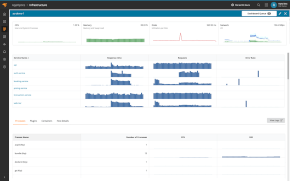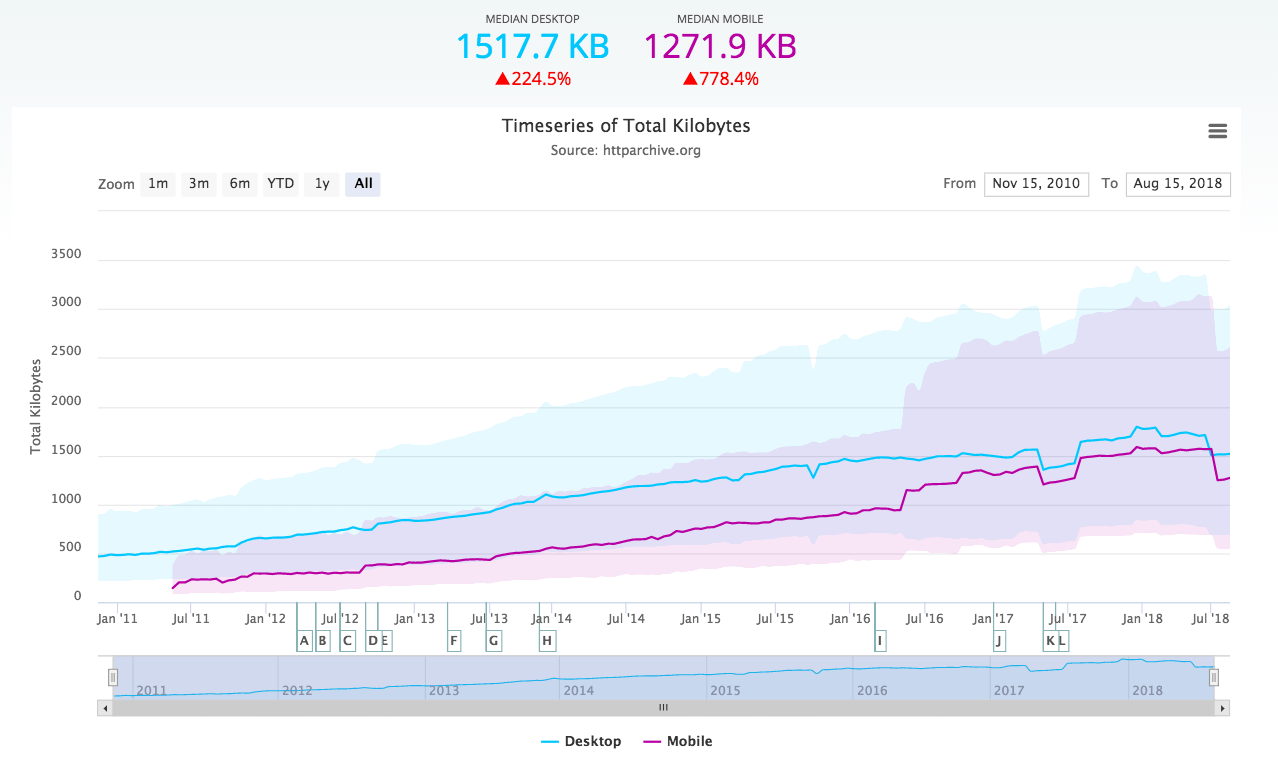Websites and web applications are the modern equivalents to storefronts, business cards, road show booths, newspapers, markets, bulletin boards, software installed on the client’s machine, and much more. Being a business-critical component, and sometimes the business itself in the case of SaaS applications, a website or app experiencing any downtime or disruption can have serious financial implications (aka clients and prospects leaving). When something breaks, you need to be notified about it as soon as possible. One of our key duties as IT and operations professionals is to maintain the organization’s systems and keep them running smoothly. This certainly includes the corporate website (and some corporations have multiple websites).
In this post, we’ll discuss the most helpful tools to track for website performance, so you’ll be able to make sure the site is up, accessible to clients, and functioning properly.
Uptime Monitoring
Website uptime can rightfully be called “the mother of all metrics.” If your site isn’t up, no other metric is relevant. This metric tells you when and for how long your site has been down and not accessible to the outside world. It’s critical to have a notifications mechanism in place that will send you an email or SMS (preferably both) once downtime occurs. Once you receive an alert, you should respond as soon as possible to get the site back online. You can review the automated root cause analysis report to understand what went wrong and troubleshoot faster.
Uptime Trends
In addition, after the incident is over and you’ve reached conclusions and responded appropriately to the postmortem of the incident, it’s helpful to look at the incident from a historic perspective. Historic data about outages (when they happened and for how long) will give you an idea of whether uptime is improving or deteriorating, so you can act accordingly.
Transaction Monitoring
There are many different user flows on your website—registration, login, submitting something on a contact form, completing a purchase, leaving a comment, etc. In addition to validating that your site is up, you want to make sure each of these transactions can be completed successfully by the client. There’s no worse possible buying experience than meticulously adding items to your shopping cart, filling in your personal details, and adding your credit card information, only to find out the checkout page doesn’t work. Or even worse, your card was apparently billed but no confirmation page appears (oh, the sheer horror). Having a system in place that ensures each of the critical website transactions functions properly gives you confidence and peace of mind.
Page Speed Testing
In 2021, clients expect their websites to load fast. Ten years ago, the expected load time of a webpage was eight seconds. In 2020, we’ve gone down to a staggering three seconds. If your website pages don’t load fast enough, clients and potential prospects are going to bounce. Here are two things to bear in mind regarding page speed:
Real User Monitoring
In addition to the tools discussed above, you need to track engagements of real users of your website. To have a complete view of what’s going on with your website and to be able to tell how users are interacting with it, it’s important to track real user engagement. In order to do this, you add a small JavaScript code to the website. It allows you to do the following:
- See what the most critical pages on the website are (the most popular ones) and thus help you make sure they’re always up and load fast.
- See the actual page load time for the real users.
- Tell how well the site performs on mobile vs. desktop browsers.
- Observe historical trends. You want to make sure you’re in a constant improvement process, performance wise.
Transparency
Sometimes you work as hard as you can, but things still break. Maybe the IT department is understaffed, a change was made hastily, a miscommunication occurred, or something else happened. The result is that you find your website is down, slow, or users can’t log in. In the past, after solving the issue as quickly as possible, organizations were shy about such incidents and tried to “shove them under the carpet” and just forget they ever happened.
Things Change
However, in recent years, companies started to realize the opposite approach is more beneficial. Being open and transparent regarding operational issues is exactly what creates trust and inspires loyalty to the company’s brand among customers. Adding a status page detailing the current system status and past incidents is a good thing. It shows you take your website performance seriously. And you plan to resolve any issues that might happen in the future.
Conclusion
As we’ve seen above, monitoring, maintaining, and improving website performance is business critical. A slow, unresponsive website can cause clients and prospects to take their business elsewhere. Not to mention a website with broken transactions—or, even worse, a website that’s totally down and unavailable. Thus, receiving alerts on performance degradation is vital for business continuity. There are several possible metrics and tools you can use to track a website’s performance. The most important ones are uptime monitoring, transaction monitoring, page speed testing, and real user monitoring.
How to Monitor Your Website’s Performance
As IT professionals, we know our time is limited, and our plate is always full. It’s important to choose a solution that will provide you with a robust feature set, being able to provide the described tools and metrics. All the above and more you will find in SolarWinds® Pingdom®, an industry-leading mebsite monitoring solution. Start your FREE and fully functional 30-day trial to check it out.
This post was written by Alexander Fridman. Alexander is a veteran in the software industry with over 11 years of experience. He worked his way up the corporate ladder and has held the positions of senior software developer, team leader, software architect, and CTO. Alexander is experienced in front-end development and DevOps, but he specializes in back-end development.
























